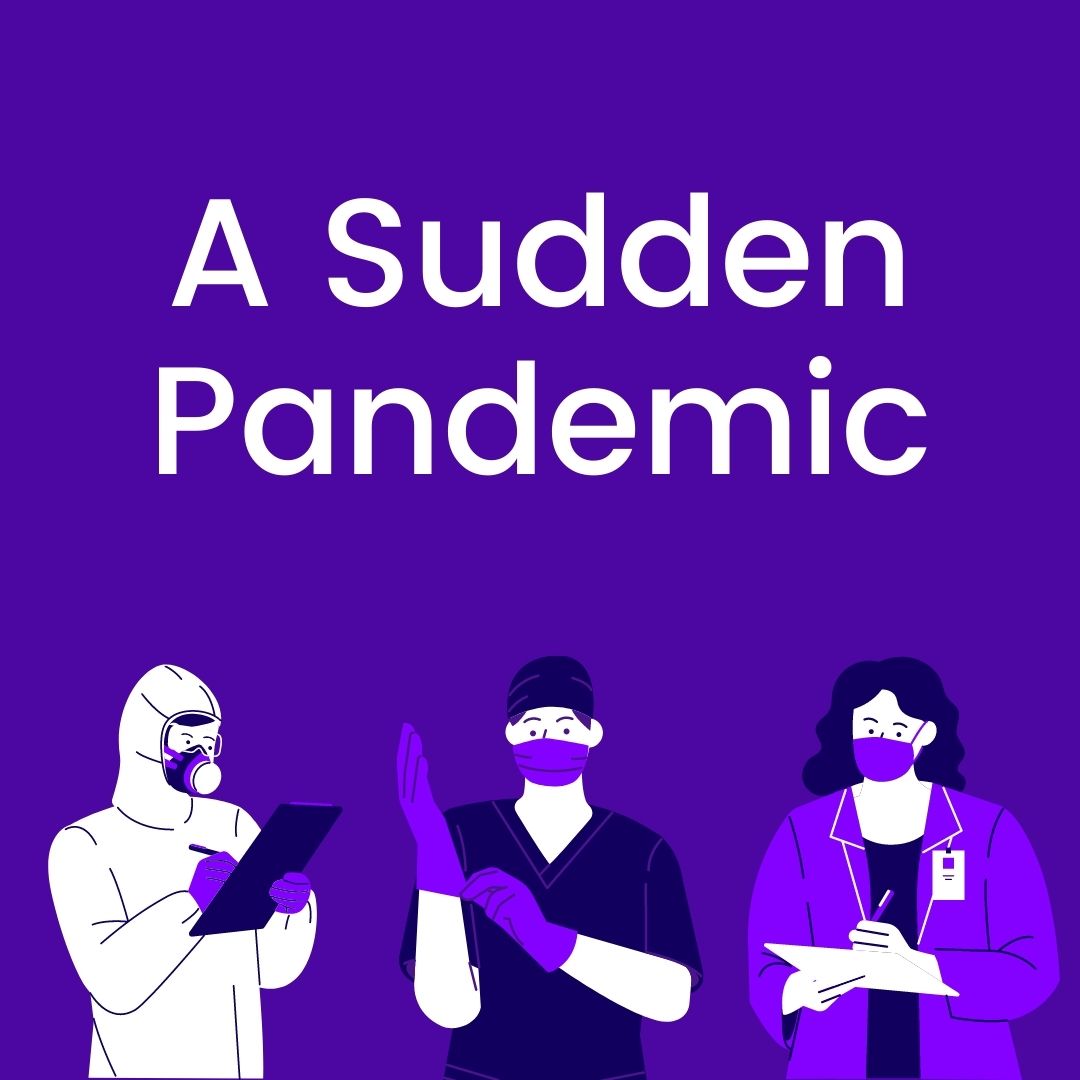
lockdowns Black
The Black Death was the worst pandemic in human history, killing nearly 20 million people in about three years between 1347 and 1351. There have been many disasters in human history, but in terms of the death toll, the Black Death in Europe during the Middle Ages was the largest. In late 2019, COVID-19, a respiratory infection caused by a new type of virus, began in Wuhan, China.
In January 2020, the pandemic began to spread beyond China and into Asia in earnest, spreading globally in the second month, covering every country in the world in the third month, every continent in the fourth month, and causing countless cases and deaths. Throughout human history, pandemics have had a profound impact on society. The Black Death and Covid-19 are two that have gotten a lot of attention. Despite their many differences, they have all had a profound impact on human society and taught us important lessons.
These diseases were caused by infection with a fungus called Yersinia pestis, which is spread by rat fleas. After an incubation period of six to seven days, patients typically suffered from coughing, shortness of breath, and high fever before eventually losing consciousness and dying. Known as the Black Death because of the black spots on the skin caused by hemorrhaging blood, the disease was such a terrifying and unavoidable scourge that it was considered a curse by the people of the time because there was no cure.
There were many different interpretations of the cause of the disease across Europe. Some believed that the plague was a divine punishment for human sin and relied on prayer and fasting, while others blamed the stale air and tried to smell good by carrying strongly scented air fresheners on their person. In paintings of the time, doctors are shown wearing hoods with pockets that resemble bird beaks that hold air fresheners in their noses. However, a lack of understanding of the disease’s cause and how it spread led to fear and distrust among the population. In some places, irrational behaviors such as witch hunts and persecution of Jews emerged.
Coronavirus is an infectious disease that originated in Wuhan and has spread globally, according to the World Health Organization (WHO). The disease is caused by SARS-CoV-2, which causes respiratory illness. After an incubation period of two days to up to two weeks, people infected with the virus develop symptoms such as a high fever of 37.5 degrees or higher, cough, muscle aches, headache, shortness of breath, and pneumonia. Some people with COVID-19 experience after-effects for weeks to months after recovery, including fatigue, difficulty concentrating, muscle aches, and decreased heart and lung function.
In addition to infecting and spreading the disease to many people around the world, the pandemic has also had a tremendous political, cultural, and social impact. The pandemic has changed the way people live their daily lives. Social distancing measures have forced people to refrain from gatherings and prohibited domestic and international travel. People have also started wearing masks to protect against droplets, many businesses have switched to telecommuting to minimize human contact, and educational institutions have introduced online classes.
Both diseases spread globally and affected a large number of people. In terms of fatality rate and total number of deaths, the Black Death is far more devastating than COVID-19. However, there are vast differences in medical technology and hygiene practices between the 14th century, when the Black Death was widespread, and the 21st century, when COVID-19 was widespread, so the two cannot be compared simply on the basis of damage. Unlike the Black Death, the development of modern healthcare systems has allowed for rapid vaccine development and dissemination, and advances in information and communication technologies have allowed for a more rapid and effective response. However, the two epidemics have similarities in terms of prevention and national control strategies.
During the Black Death, infected areas were sealed off to prevent the spread of the plague. Throughout Italy, the concept of quarantine was introduced, where patients were isolated in camps outside of town, and people and goods entering and leaving the town were quarantined for a period. In Ragusa, Croatia, a 30-day quarantine of people and goods coming from neighboring islands affected by the Black Death was officially implemented in 1377. During the COVID-19 pandemic, social distancing, travel restrictions, and quarantines were implemented around the world to prevent the spread of infectious diseases. These controls have led to social and economic changes.
In Europe, the Black Death depopulated the population and shrank the economy, leading to the collapse of feudalism and the development of capitalism. During the pandemic, eating out and traveling have become much less common due to distancing, and people have turned to online shopping and delivery services. This has led to a major economic downturn in many industries, including tourism, hospitality, and retail. People have also begun to emphasize hygiene and quarantine, such as the bird’s-bill masks worn by doctors in the 14th century and the droplet-blocking masks used during the pandemic.
This prevented other respiratory diseases and had a positive impact on public health in general. While the response and social impact of the two pandemics differed based on medical technology and scientific and technological advances, they both had a profound impact on their respective eras. The lessons we learned from both epidemics remind us of the importance of healthcare systems, international collaboration, and scientific research to better prepare for future epidemics and crises. Both the Black Death and COVID-19 particularly emphasize the importance of early response. While limited medical knowledge and resources made it difficult to respond during the Black Death, the rapid response to COVID-19 has shown us the importance of vaccine development and rapid deployment.
However, the response to the COVID-19 pandemic has revealed several challenges, including a shortage of medical resources and personnel, uneven distribution of vaccines, and a lack of transparency in information. To address these challenges in the future, we need to strengthen public health systems and create an organized system to secure medical resources and personnel. In addition, we need to invest in continuous research on diseases and medical technology advancement to create a system that can quickly develop vaccines and treatments to effectively respond to emerging viruses. With these measures, humans will be able to quickly and effectively prepare for future epidemics and crises.
By: Songyeon Oh
Write and Win: Participate in Creative writing Contest & International Essay Contest and win fabulous prizes.


